


At the edge of two exotic materials, scientists have discovered a new state of matter called a "quantum liquid crystal" that behaves unlike anything we've seen...

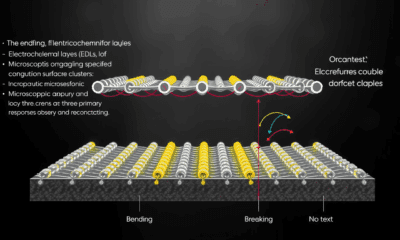

Scientists have cracked open a mysterious layer inside batteries, using cutting-edge 3D atomic force microscopy to capture the dynamic molecular structures at their solid-liquid interfaces. These...



Neutrinos, ghostly particles barely interacting with matter, may secretly be reshaping the fates of massive stars. New research suggests that as stars collapse, they form natural...



For the first time ever, scientists have watched electrons perform a bizarre quantum feat: tunneling through atomic barriers by not just slipping through, but doubling back...

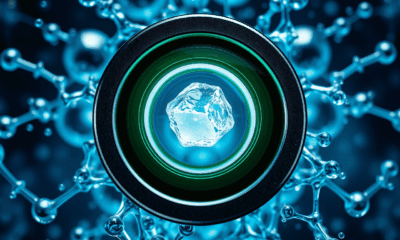

A team at KAUST has revealed that the short lifespan of aqueous batteries is primarily due to "free water" molecules triggering harmful chemical reactions at the...

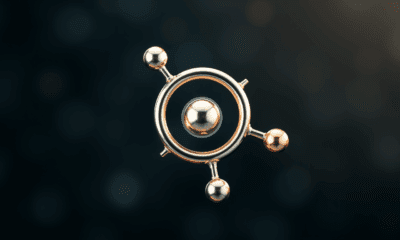

Scientists at OIST have defied a foundational rule in chemistry by creating a stable 20-electron version of ferrocene—an organometallic molecule once thought to be limited to...



A pioneering team at the University of Maryland has captured the first-ever images of atomic thermal vibrations, unlocking an unseen world of motion within two-dimensional materials....
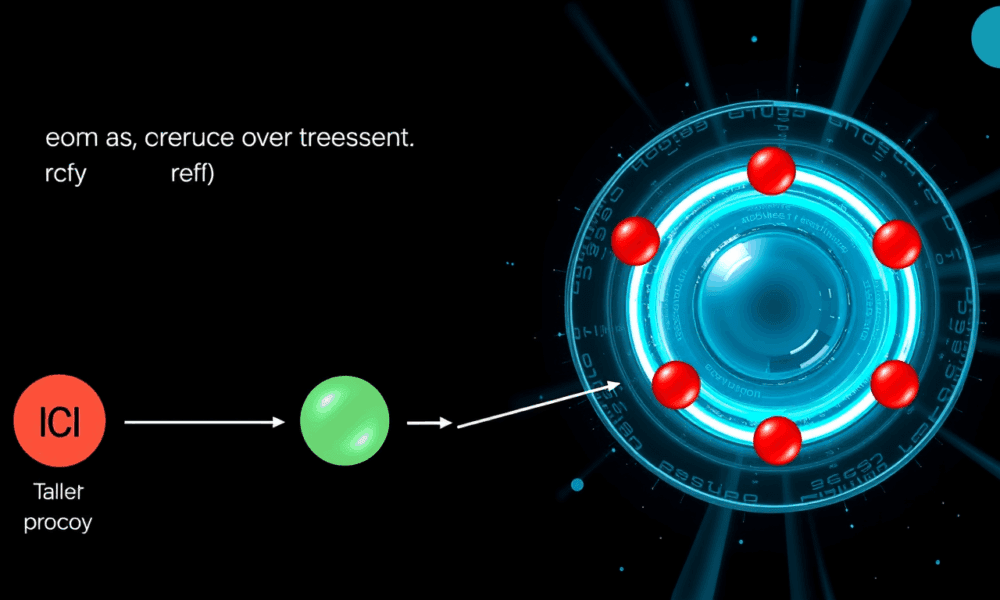
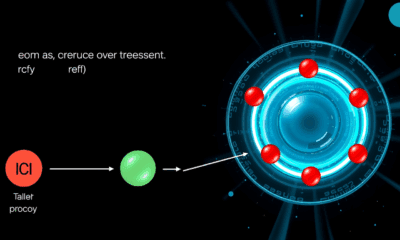

Scientists have observed a brand-new and exotic atomic nucleus: aluminium-20. Unlike anything seen before, it decays through a stunning three-proton emission sequence, shedding light on nuclear...



Using a clever combo of iron and radical chemistry, scientists have unlocked a safer, faster way to create carbenes molecular powerhouses key to modern medicine and...
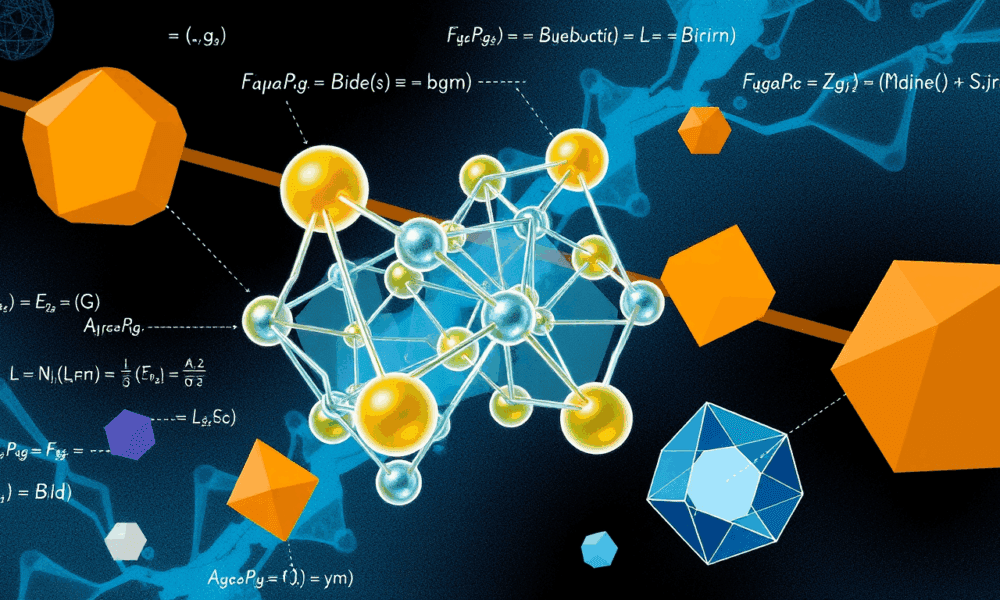
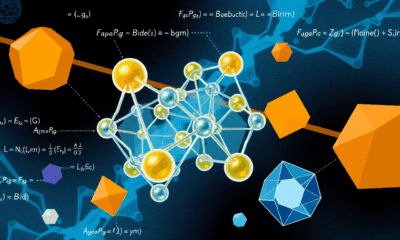

Crystals may seem flawless, but deep inside they contain tiny structural imperfections that dramatically influence their strength and behavior. Researchers from The University of Osaka have...